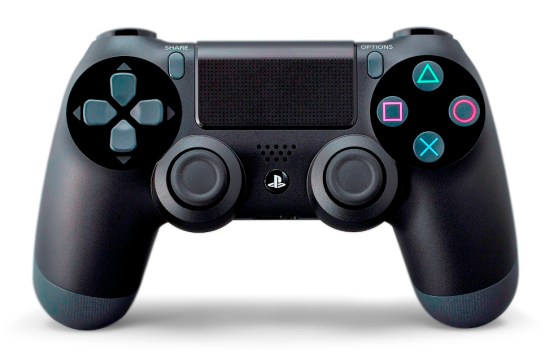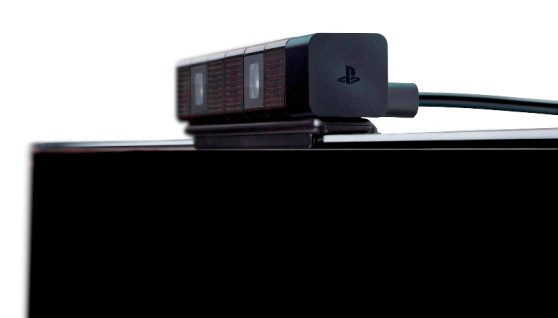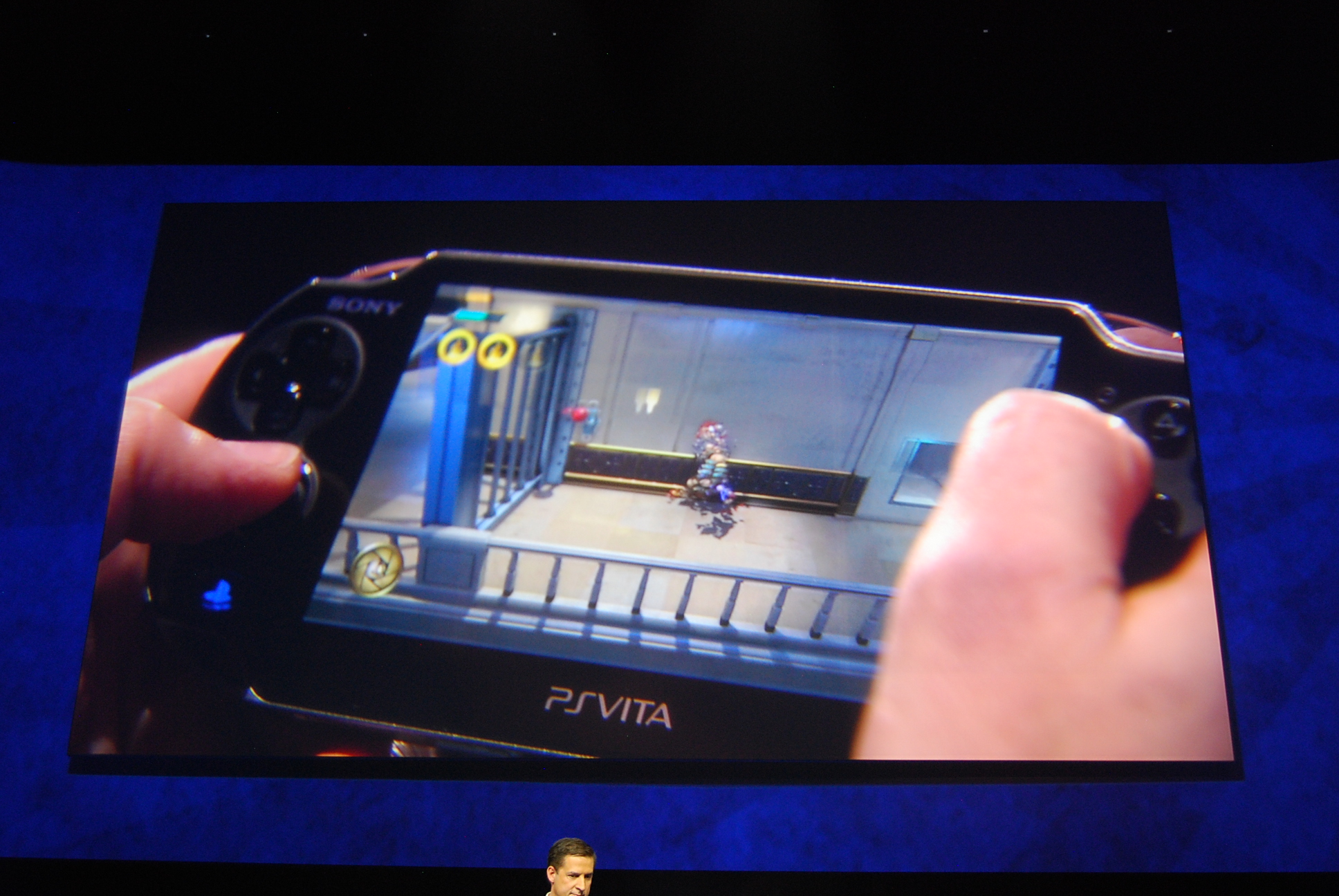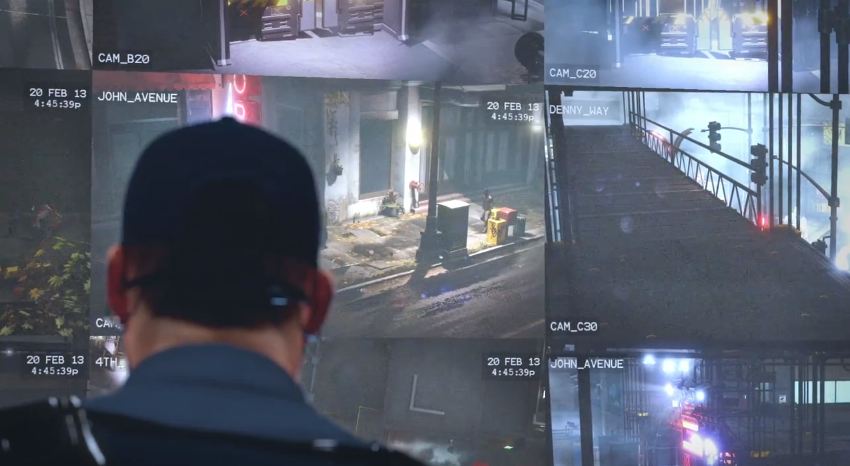
The PlayStation 4 is real. Sony announced the next-gen console at an event in New York City earlier tonight. The multimedia conglomerate revealed a lot of games while skipping over a few details. If you didn’t get a chance to see the event yourself, we’ve gone ahead and gathered together everything we know about the PlayStation 4.
We’ll cover everything in this post, but you can get our in-depth coverage by clicking here.
The basics
Let’s get the awkward bit out of the way first. We don’t actually know what the PlayStation 4 looks like because Sony didn’t show the physical console. That means we can’t tell you how many HDMI ports the thing has or whether it looks like a George Foreman grill (it probably doesn’t).
Basic info:
- Price: Sony didn’t specify
- Release: Holiday 2013
- Backwards compatibility with PS3: No (may come later via Gaikai cloud streaming)
- Backwards compatibility with PS3 PlayStation Network games: No (again, maybe later via cloud)
- Free-to-play support: Yes
- Vita/PS4 bundle: Possibly
- Used games: Will work on PS4
Technical capabilities
Sony revealed the system uses an accelerated processing unit or APU from Advanced Micro Devices. This chip is special. It puts the computational unit and the graphics unit on the same processor, which allows for faster communication between the two. Put simply, this thing should scream.
Some basic PlayStation 4 specs:
- x86 64-bit architecture
- 8GB of GDDR5 high-speed RAM
- USB 3.0
- Blu-ray/DVD drive
- Hard drive (no capacity mentioned)
- Capable of 1.84 trillion floating point calculations per second
- Bluetooth 2.1
- 802.11b/g/n wi-fi
The controller: DualShock 4

It’s back. Sony wouldn’t introduce a new PlayStation without introducing a new DualShock. Only this time, something is a bit different. The DualShock 4 has some features that not even its strange Sixaxis cousin could dream up.
Let’s break it down. Here are the features of the new DualShock 4:
- Similar in design to DualShock 3
- Six-axis (!) motion sensor
- Front touch panel
- Multicolored LED light bar on top
- Built-in speaker
- Built-on stereo headphone jack
- Options button replaces the functionality of Start and Select
- Share button accesses a suite of social tools
That’s a lot of features. You want motion controls? Six-axis sensors are back for that. Touch? Check out that front panel. Just want traditional controls? It’s still basically a DualShock underneath all of the other junk.
The LED light-bar on top of the controller has some interesting functions. It illuminates a different color to match players to their on-screen characters. No more figuring out who is player 1, now you need to know who the pink player is. The light is also capable of something like blinking when a character is low on health.
A Share button now lives where the Select button was on the DualShock 3. This new feature allows players to quickly access a menu of social features. Players can hit share to start broadcasting gameplay to livestreaming sites like Ustream. They can also use it to share quick video snippets to brag to friends.
Finally, my favorite aspect of the new game pad is the built-in audio functionality. The speaker is one thing, but the built-in audio jack allows players to plug in a headset and hear gameplay sounds while simultaneously speaking with teammates. That’s perfect for gamers who try to play at night while everyone else is sleeping.
The camera: PlayStation 4 Eye

Sony is finally updating its PlayStation camera. The new PlayStation 4 Eye actually looks a lot like Microsoft’s Kinect. It uses two camera to capture a 3D depth-of-field. It has four microphones that are capable of isolating sounds at their source.
This new Eye still works with the old PlayStation Move controllers, but Sony says it can also detect players independent of what they are holding. So it pretty much is a Kinect.
The camera device also works with the aforementioned light-bars on the top of the DualShock 4. It can determine where players are sitting and arrange what is on-screen based on that information.
The cloud
Sony didn’t show the PlayStation 4 hardware, but that’s OK because a significant portion of the system’s capabilities will live online. In July, Sony purchased cloud-streaming company Gaikai, the results of that deal came to light at this PlayStation event.
Using its new network-infrastructure, Sony is introducing a number of new features:
- Streaming full PS3, PS2, and PS1 games
- Instant game demos without having to download anything
- Remote Play that enables the Vita to run PlayStation 4 games
- Instantly play new games while it downloads in the background
Sony is positioning Gaikai’s cloud as a supplemental service to its standard download and disc-based gaming. The cloud is not replacing anything, but it could improve every aspect of the entire PlayStation experience.
The games: Killzone: Shadow Fall, Destiny, Knack, and more
Clouds and controllers are great, but it’s all about the games. Sony showed off an impressive lineup of new first-party and third-party titles for the PlayStation 4.
Here’s what they demoed with links to the trailers:
- Deep Down (Capcom)
- Drive Club (Sony)
- The Witness (Jonathan Blow)
- Knack (Sony)
- InFamous: Second Son (Sony)
- Killzone: Shadow Fall (Sony)
- Destiny (Activision)
- Watch Dogs (Ubisoft)
- Diablo III (Activision Blizzard)
The games looked amazing, but we’re skeptical that everything was gameplay. A lot of the videos seemed like target videos, examples of what the developers have in mind, rather than actual working games.
Regardless, the PlayStation 4 is happening. Now it’s time for Microsoft to show us what it’s working on.
VentureBeat's mission is to be a digital town square for technical decision-makers to gain knowledge about transformative enterprise technology and transact. Learn More


